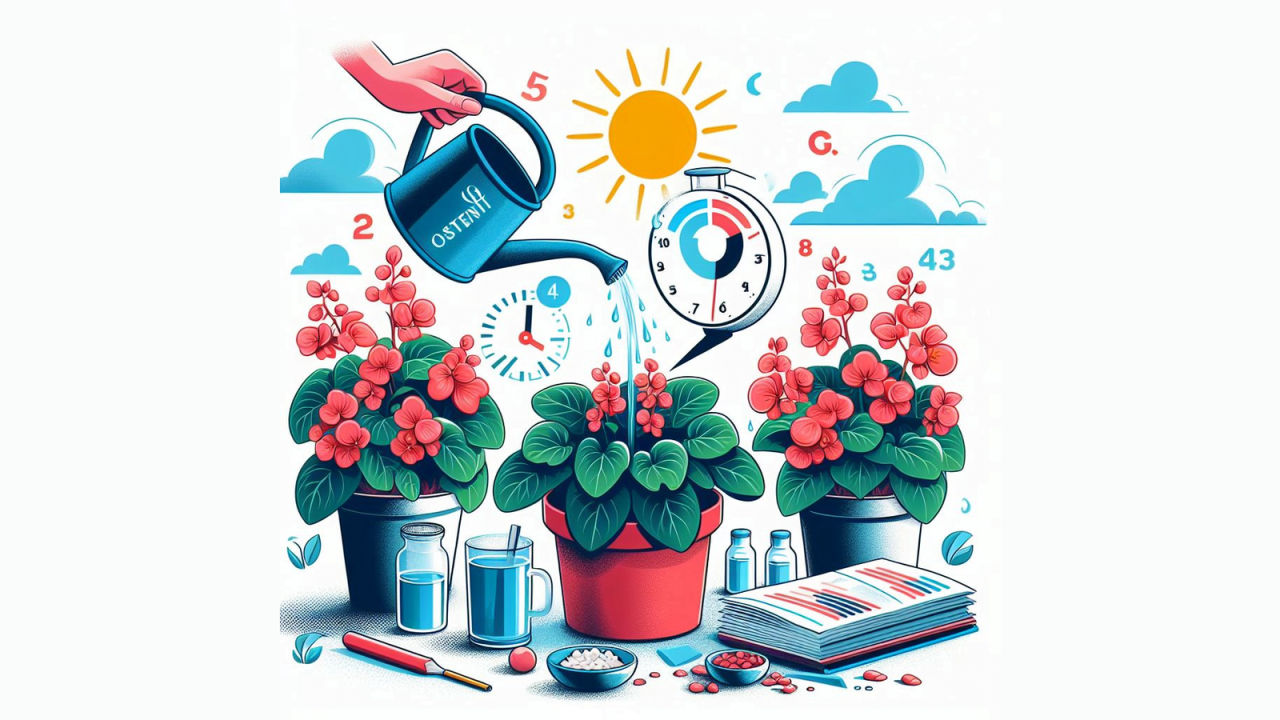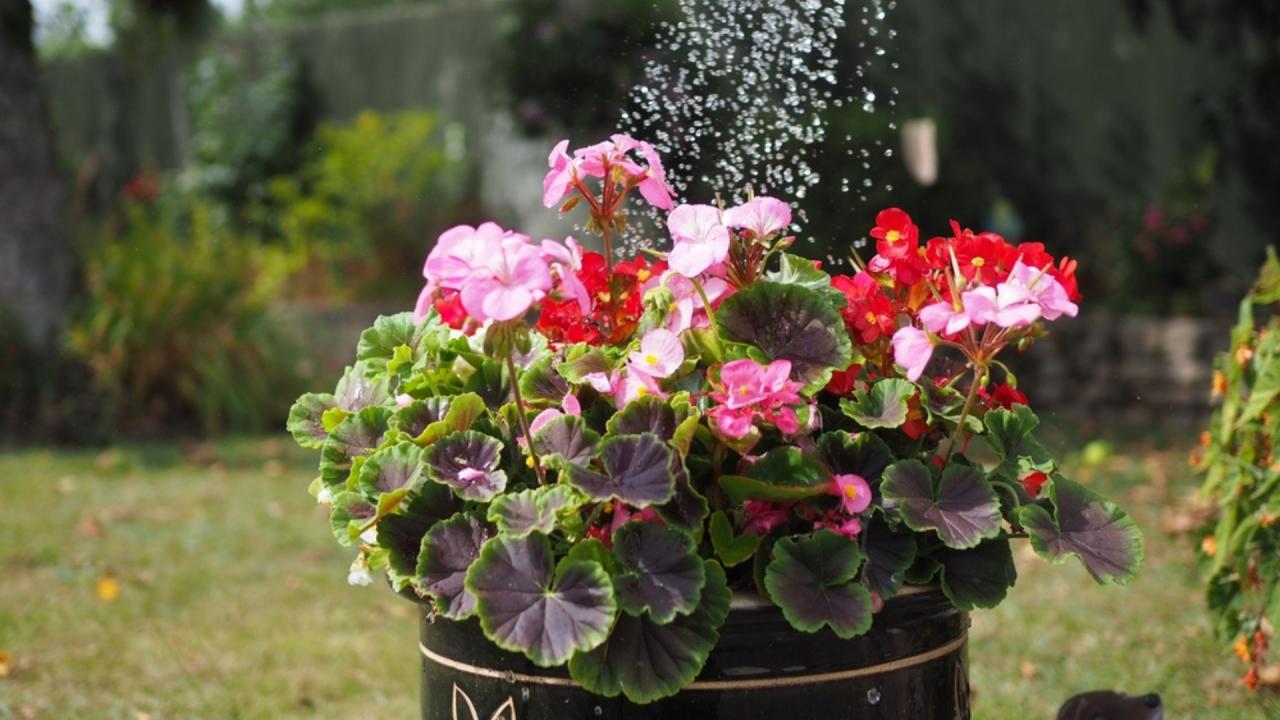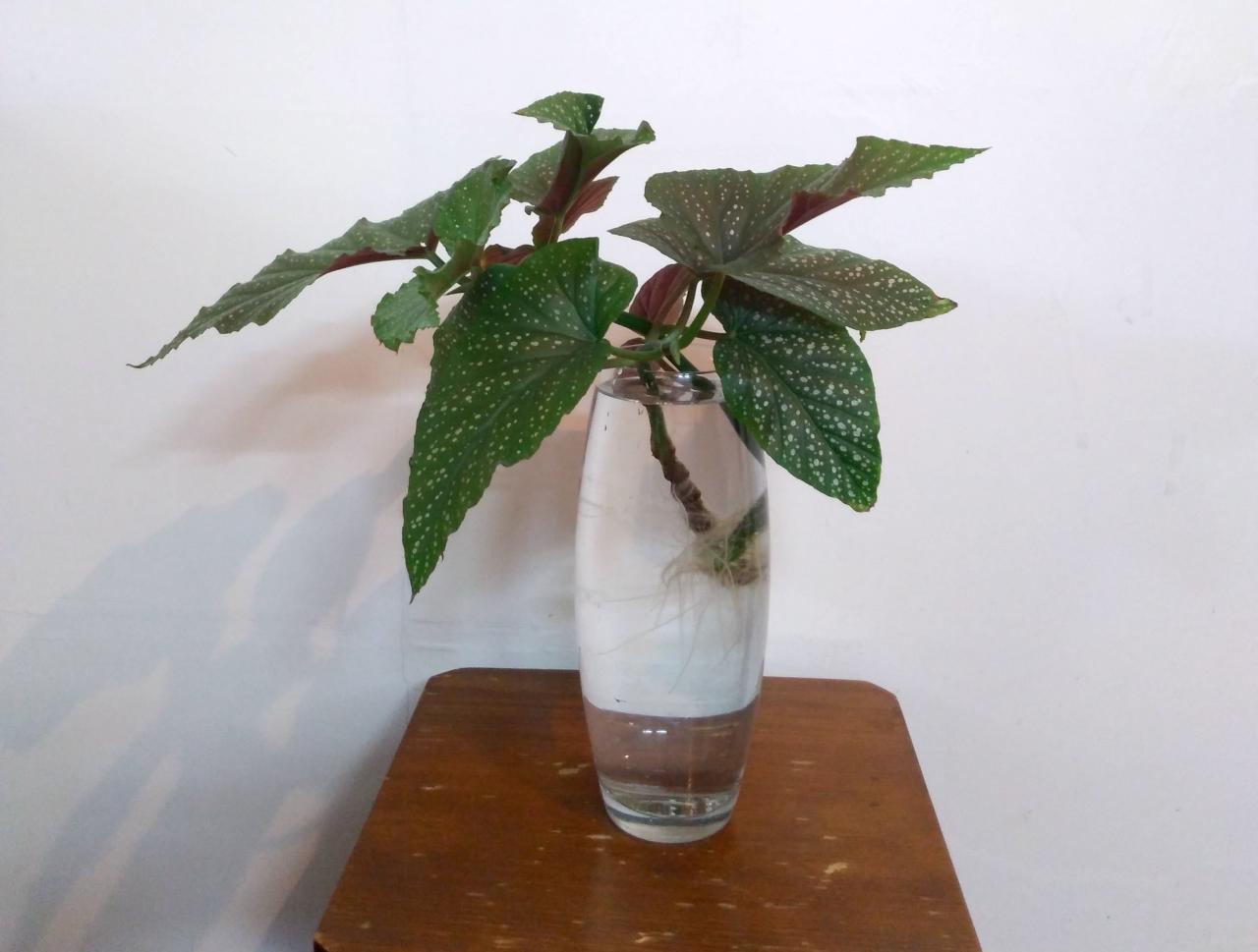How Often To Water Begonia – Begonias are a stunning addition to any indoor or outdoor garden, known for their vibrant colors and unique leaf shapes. One of the most common questions among plant enthusiasts is, How often should I water my Begonia? Proper watering is crucial for the health and growth of these beautiful plants. This guide will explore everything you need to know about watering Begonias, including factors that affect watering frequency, signs of overwatering or underwatering, and tips for maintaining optimal moisture levels.
Understanding Begonias
Before diving into watering specifics, it’s essential to understand the Begonia plant family. With over 1,800 species, Begonias come in various shapes, sizes, and colors. They can be divided into two main categories: tuberous Begonias and fibrous-rooted Begonias. Each type has unique needs, particularly regarding water.
Watering Needs of Different Begonia Types
Understanding the type of Begonia you have is critical in determining how often to water it:
| Type of Begonia | Watering Frequency | Special Notes |
|---|---|---|
| Tuberous Begonias | Once every 1-2 weeks | Allow soil to dry out between waterings. |
| Fibrous-rooted Begonias | Once a week | Keep soil consistently moist but not soggy. |
Factors Affecting Watering Frequency: How Often To Water Begonia
There are several factors to consider when determining how often to water your Begonia:
1. Soil Type

The type of soil you use can impact how quickly it drains. Well-draining potting mixes are ideal for Begonias, as they help prevent root rot. If your soil retains too much moisture, you may need to adjust your watering schedule accordingly.
2. Climate and Environment
The climate and environment in which your Begonia is growing will significantly affect its watering needs. For example, in a hot, dry climate, your plant may require more frequent watering compared to a cooler, more humid environment. Always adjust your watering routine based on current weather conditions.
3. Container Size
The size of the container can also influence watering frequency. Smaller pots tend to dry out more quickly than larger ones. If your Begonia is in a smaller pot, check the moisture levels more frequently and water when necessary.
4. Season
Begonias tend to require more water during their growing season, which typically spans from spring to early fall. Conversely, during the dormant winter months, you should reduce watering frequency as the plant’s needs decrease.
Signs of Overwatering and Underwatering
Recognizing the signs of overwatering and underwatering is vital for the health of your Begonia:
Overwatering Signs
- Yellowing Leaves: Leaves turning yellow can indicate too much water.
- Wilting: Ironically, wilting can also be a sign of overwatering due to root rot.
- Mold: The presence of mold or fungus on the soil surface is a clear indicator of excess moisture.
Underwatering Signs, How Often To Water Begonia
- Crispy Leaves: Dry, crispy leaves are a common sign of underwatering.
- Leaf Drop: If the leaves are dropping off, it might be due to lack of water.
- Soil Pulling Away: If the soil pulls away from the sides of the pot, it’s a sign it’s too dry.
Always check the soil moisture level before watering your Begonia. A finger test can help; stick your finger into the soil up to an inch—if it feels dry, it’s time to water!
Watering Techniques
Using the right techniques can significantly affect the health of your Begonia:
1. Use Room Temperature Water
When watering your Begonia, always use room temperature water to avoid shocking the plant. Cold water can stress the roots and impact growth.
2. Water Thoroughly

Ensure you water the plant thoroughly until water drains from the bottom of the pot. This method promotes deep root growth and ensures that all roots receive moisture.
3. Avoid Watering the Leaves
Water the soil directly, avoiding the leaves as much as possible. Wet leaves can lead to fungal diseases and other issues.
Tips for Maintaining Optimal Moisture Levels
Here are some tips to help maintain the right moisture levels for your Begonia:
- Mulching: A layer of mulch can help retain soil moisture, especially for outdoor Begonias.
- Humidity: Begonias thrive in humidity. Consider using a humidity tray or misting the leaves regularly.
- Drainage: Ensure pots have adequate drainage holes to prevent water from pooling at the bottom.
Conclusion
Proper watering is crucial for the health and beauty of your Begonia plants. By considering factors such as soil type, climate, and seasonality, you can determine the best watering frequency for your specific Begonia variety. Always pay attention to the signs of overwatering and underwatering, and adjust your care routine accordingly. With the right care, your Begonias will thrive and bring vibrant colors to your space. 🌿🌼✨
